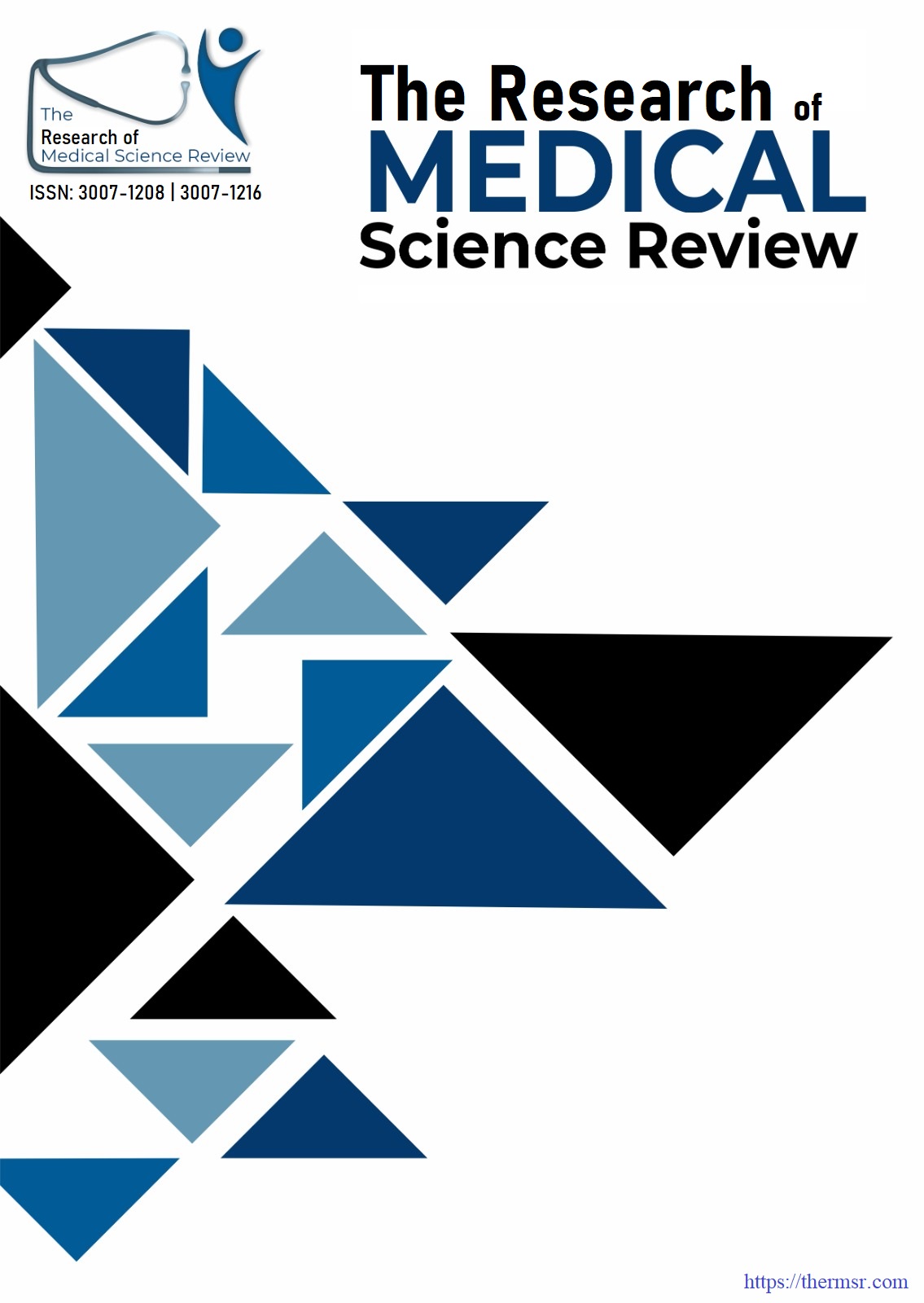ROLE OF ULTRASOUND IN EVALUATING MOLAR PREGNANCIES IN FIRST TRIMESTER AND ITS CORRELATION WITH MATERNAL AGE
Keywords:
Complete mole (CM), Partial mole (PM), Maternal age, Vaginal Bleeding, Snowstorm pattern, Prenatal diagnosisAbstract
Background: A molar pregnancy and other types of gestational trophoblastic disease are growth of abnormal fertilized egg or an overgrowth of tissues from the placenta. Ultrasound is a primary diagnostic tool to detect molar pregnancies and other types of GTD in first trimester in relation to maternal age. Early detection is crucial to prevent complications like persistent GTD or progression to choriocarcinoma. Objective: Role of ultrasound in identifying molar pregnancies in first trimester and its correlation with maternal age. Methodology: This research was conducted descriptive cross-sectional study to evaluate the role of ultrasound in the diagnosis of molar pregnancies during the first trimester and to analyze its correlation with different maternal age groups that are categorized into three age groups: 20–28 years, 28–33years, and above 37 years. The study was carried out in the Radiology and Obstetrics & Gynecology Departments of Mayo Hospital Lahore, over a period of Oct 2024 till April 2025. A total of 32 pregnant women in their first trimester up to 13 weeks of gestation, who were clinically suspected of having abnormal pregnancies were included in the study. Exclusion criteria includes incomplete clinical records or inadequate ultrasound visualization and known history of other gestational trophoblastic diseases. Results: The study includes a sample size of 31 patients. Maternal age plays a significant role, with a higher prevalence in younger women (21–28 years), though a notable proportion of cases were also observed in those over 38, highlighting advanced maternal age as a risk factor. Common ultrasound features like cystic lesions (64.5%) and an enlarged uterus (67.7%) are highly prevalent in molar pregnancies, making them important diagnostic indicators. Clinical symptoms, including vaginal bleeding (64.5%) and lower abdominal pain (71%), are also frequently observed, reinforcing their significance in early detection. The study also identifies partial moles (77.4%) as the most common type of molar pregnancy, with complete moles l; (22.6%) being less frequent. Overall, the findings suggest that molar pregnancies aremost commonly diagnosed through a combination of clinical symptoms and ultrasound indicators, with specific features such as cystic lesions and enlarged uterus being strongly associated with the condition. Conclusion: Ultrasound is a key tool for early detection of molar pregnancies, with cystic lesions and an enlarged uterus as prominent indicators. While more common in younger women, advanced maternal age also showed significant correlation. Partial moles were predominant, with clinical symptoms aiding timely diagnosis.
Downloads
Downloads
Published
Issue
Section
License

This work is licensed under a Creative Commons Attribution-NonCommercial-NoDerivatives 4.0 International License.















